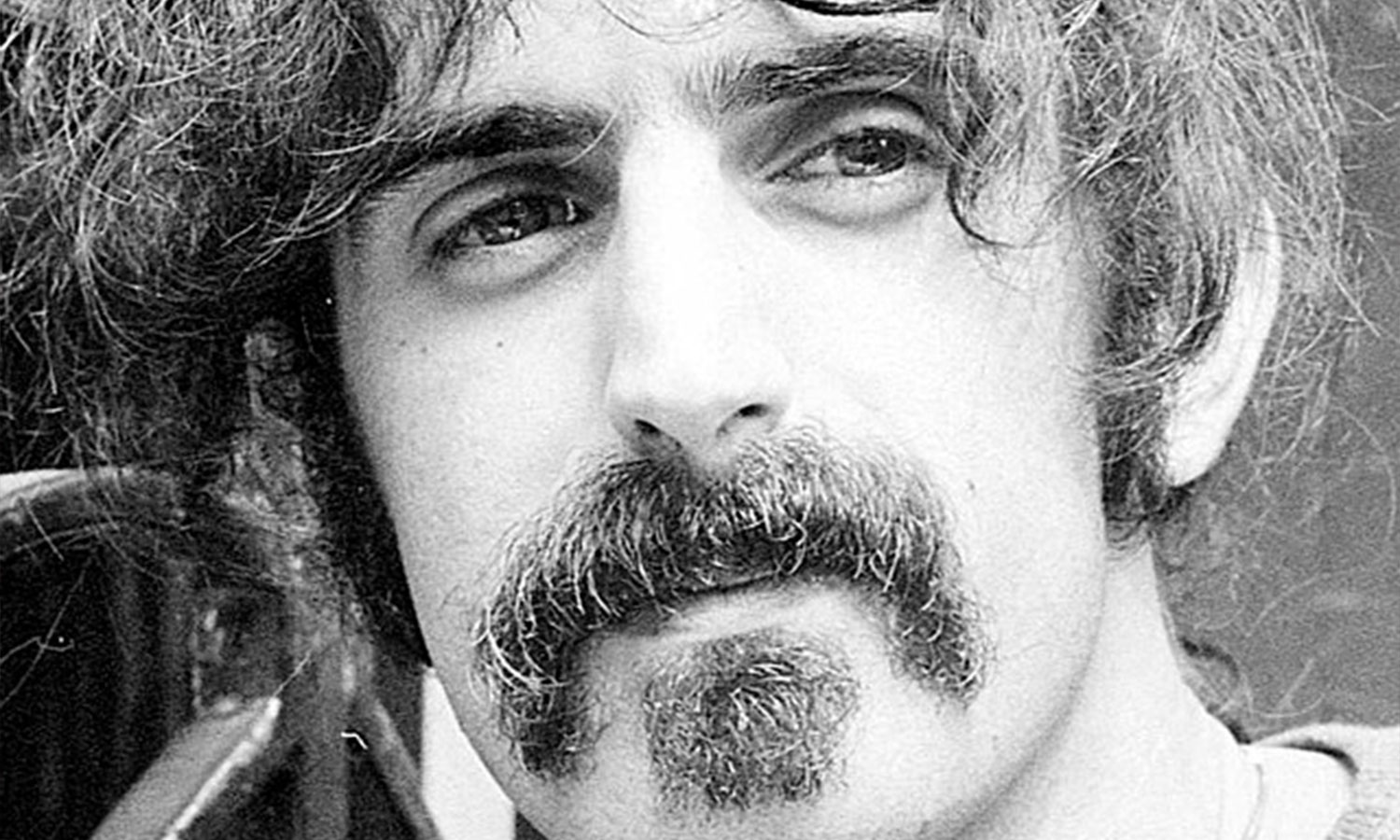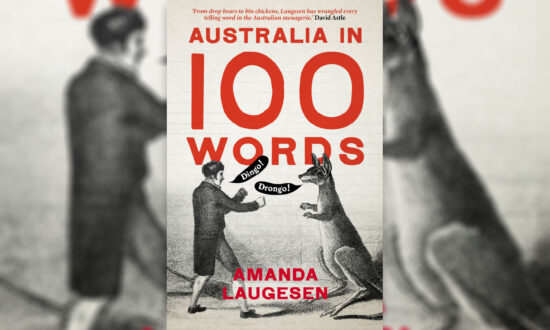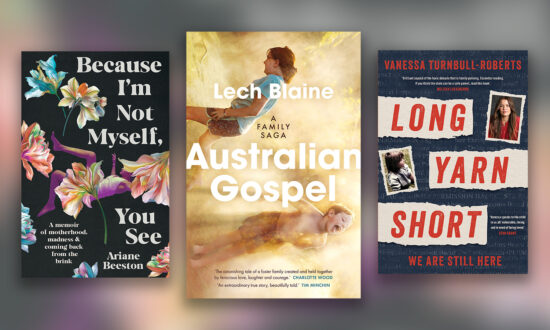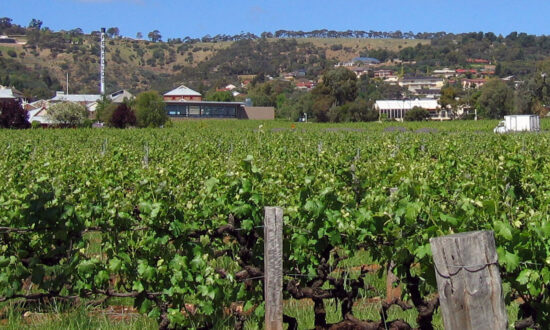In Year Nine I spent a lot of time in the school library, poring over Lillian Roxon’s Rock Encyclopedia. No, it wasn’t a geology textbook, but a comprehensive and addictive guide to popular music of the 1960s and ’70s.
This wasn’t just any rock encyclopedia – it was the first rock encyclopedia ever published. It came out in the US in 1969, although the copy held by my school library was Ed Naha’s 1978 revised and updated edition, published in Australia by Angus & Robertson in 1980 – the year I started high school, as it happens.
Of course, back then I didn’t know that the book was a pioneering work in the field of, er, rock-ology, nor did I have any idea who Lillian Roxon was, but her Rock Encyclopedia certainly kept this adolescent music nut enthralled over many a lunchtime.
It was the first in a series of music reference books that I read as a teenager, including Rock Chronicle by Dan Formento, Rock Lists by Dave Marsh and Kevin Stein, and Encyclopedia of Pop, Rock and Soul by Irwin Stambler (evidently, I would only read books with the word rock in the title).
But the Rock Encyclopedia was the most memorable by far. Hell, the author’s surname kind of contained the word rock. No wonder I liked her book so much.
Although it was an encyclopedia, with alphabetically organised entries ranging from Acid Rock to Zappa, Frank, it was by no means just a compilation of dry facts (indeed, it contained a number of factual inaccuracies). What appealed to me was Roxon’s entertainingly opinionated approach. Many critics contend that little of the wit and verve of Roxon’s 1969 original survived Naha’s revisions and updates, but at the time I neither knew nor cared what version I was reading. Clearly Roxon was passionate about her subject matter, as was I.
I loved combing through the detailed discographies, earmarking albums to hunt for (there were loads of record shops back then). I discovered bands with mysterious names like The Velvet Underground, The Blue Öyster Cult and The Fugs. I learned the meaning of Acid Rock.
It also made me realise that libraries were not necessarily just a refuge for bookish nerds. Libraries could in fact be quite cool. Even school libraries. The fact that I was boning up on Hendrix, Cream and The Grateful Dead at school only added to the Rock Encyclopedia’s charm. I liked to be seen reading it. Surely it impressed girls, even if none of them let on.
Throughout Year Nine I dipped into Roxon’s book compulsively, always finding some new and interesting fact or arresting sentence I hadn’t noticed before. I took a lot of mental notes, storing the knowledge away so that I could speak knowledgeably about this knowledge at social gatherings, should I ever attend one. By the end of the year, I’d pretty much mined all of its riches and moved on to other books – some of them not even about rock.
About 20 years after I discovered the Rock Encyclopedia, I was doing a residency at Varuna Writers Centre in NSW. The late Australian journalist Robert Milliken also happened to be there. He told me he’d just finished writing a biography of … Lillian Roxon. Thrilled, I told him about my high school love affair with the Rock Encyclopedia. That little reminiscence earned me a mention in the epilogue of Mother of Rock: The Lillian Roxon Story, published in 2002. I still look upon that as one of the highlights of my life to date.
Before reading Milliken’s book, I’d not been aware that Roxon, an Australian ex-pat living in New York, was such an influential figure in the counterculture of the late ’60s and early ’70s, regularly holding court at the legendary Max’s Kansas City and hobnobbing with the likes of Alice Cooper, Lou Reed and Iggy Pop. A trailblazer in rock journalism, her pals included other prominent music writers such as Danny Goldberg, Lester Bangs and Richard Meltzer.
There’s a Brisbane connection, too. When nine-year-old Roxon migrated with her family from Italy to Australia in 1938 – her parents, Polish-born Jews, fled the country as Mussolini was gearing up to join Hitler on his ill-fated European tour – they settled in Brisbane, residing for several years in the same suburb I live in now. Roxon later moved to Sydney and then in 1959 to New York to further her journalistic career.

Get InReview in your inbox – free each Saturday. Local arts and culture – covered.
Thanks for signing up to the InReview newsletter.
Her Rock Encyclopedia was the apogee of that career. Published to considerable acclaim, it brought Roxon fame (she even appeared on The Johnny Carson Show), if not exactly fortune. She died only a few years later, aged just 41, from a severe asthma attack.
It’s 55 years since the Rock Encyclopedia first appeared and 40-odd years since I sat on a comfortable orange library chair reading it. Although it’s far too late, unfortunately, to contact the author to tell her how much I appreciated her book, here’s a long overdue thank you to Carine Senior High School library for having it on the shelf.
David Cohen is a Brisbane author. His latest book, The Terrible Event, was published by Transit Lounge in 2023.
Support local arts journalism
Your support will help us continue the important work of InReview in publishing free professional journalism that celebrates, interrogates and amplifies arts and culture in South Australia.
Donate Here




